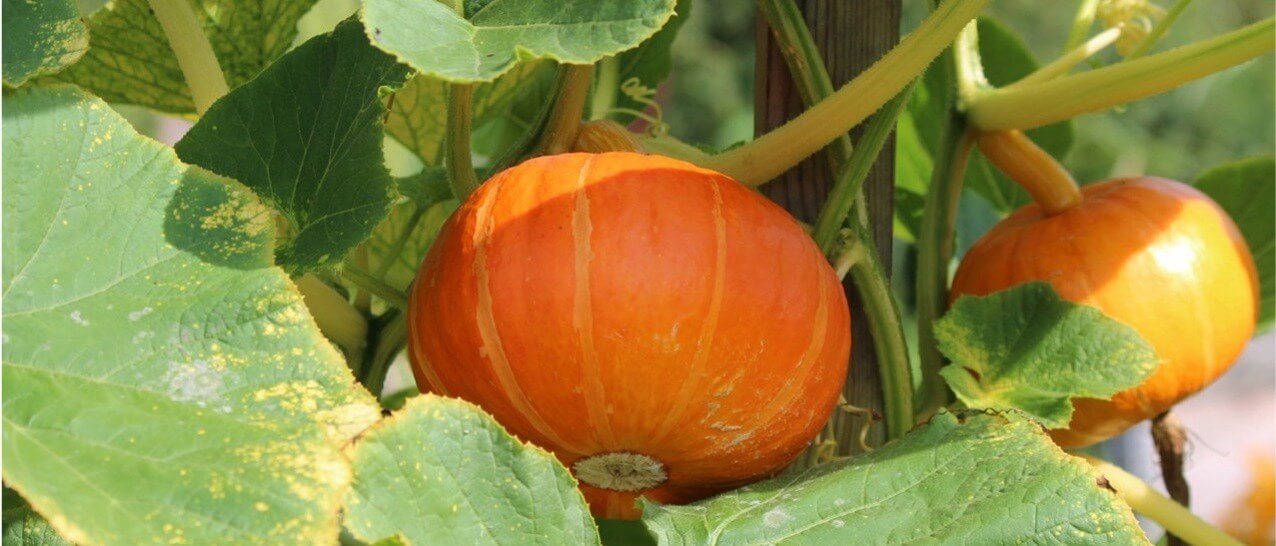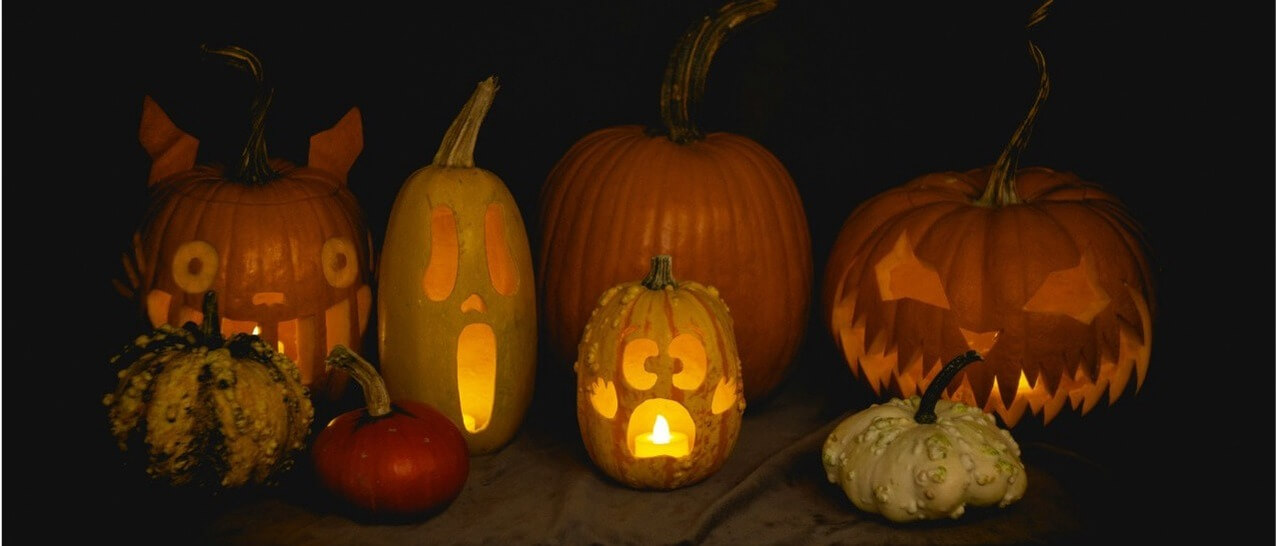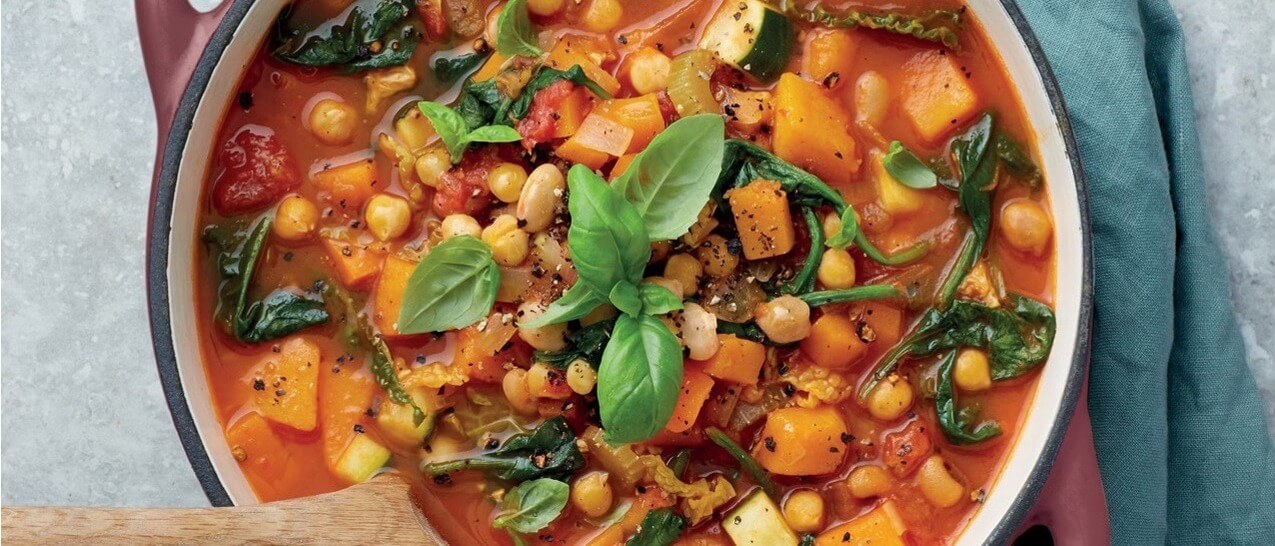



Key information
Colour: orange, yellow or sometimes even green.
In season: September–November
Power to perform: Winter squashes like pumpkin and butternut squash contain beta-carotene, which gives them their distinctive orange colour. Our bodies digest beta-carotene into vitamin A, an essential nutrient for eye health and fighting infection.
Grow me: winter squashes (such as pumpkins or butternut squash) take about 100 days to grow big enough to pick. They need a sunny spot, lots of water, and shelter from the wind. Seeds planted in May should be ready to harvest in time for Halloween in October!
Did you know?

Ideas garden
Remember to ask an adult's permission before experimenting with any squash ideas!
The tradition of carving vegetable lanterns at Halloween started hundreds of years ago in Ireland, where people began to carve faces into turnips to scare away ghosts on All Hallows Eve (or Halloween). Pumpkins became the vegetable of choice after large numbers of Irish immigrants moved to America and found the (easier to carve) vegetable growing in large numbers!
There are lots of different ways to decorate your own Halloween lantern. Before you get started on your design, here are some tips to help you reduce food waste:
For detailed carved designs, remember to draw a template first. Create your face or pattern on a piece of paper, then tape the template to the pumpkin and mark out the carving line. Ask an adult to help you cut out your design.
Alternatively, for a ready-made shape, use a cookie cutter and a rubber mallet to help cut a pattern into your pumpkin. Remember, a pumpkin skin is tough, so choose thick and strong cutters for your design!
Once you’ve finished your carving, use coloured lights to help your pumpkin stand apart – try a red bike light set to flash for a spooky twist!

Get started: Instead of carving, how about painting your pumpkin, or decorating it with coloured paper, to create a pumpkin that will look scary both day and night! Just remember to first scoop out your pumpkin insides, so that you can still create some yummy pumpkin snacks!
Go further: Why stop at pumpkins? Remember the tradition of Halloween lanterns started with turnips, so how about exploring other vegetables? Have you tried a butternut squash lantern? Or, go small with a Halloween pepper, fruity with a carved watermelon or arty by drawing your design on an orange!
After carving a spook-tacular lantern, you’ll be ready to put your scooped-out squash to good use with these delicious pumpkin and butternut squash recipes. Get started with a coconut twist to the traditional pumpkin soup, before cooking up a winter minestrone one-pot, or a tasty squash and lamb casserole.

Check out Get Set to Eat Fresh’s Healthy Halloween hints for more great recipe ideas and games!
